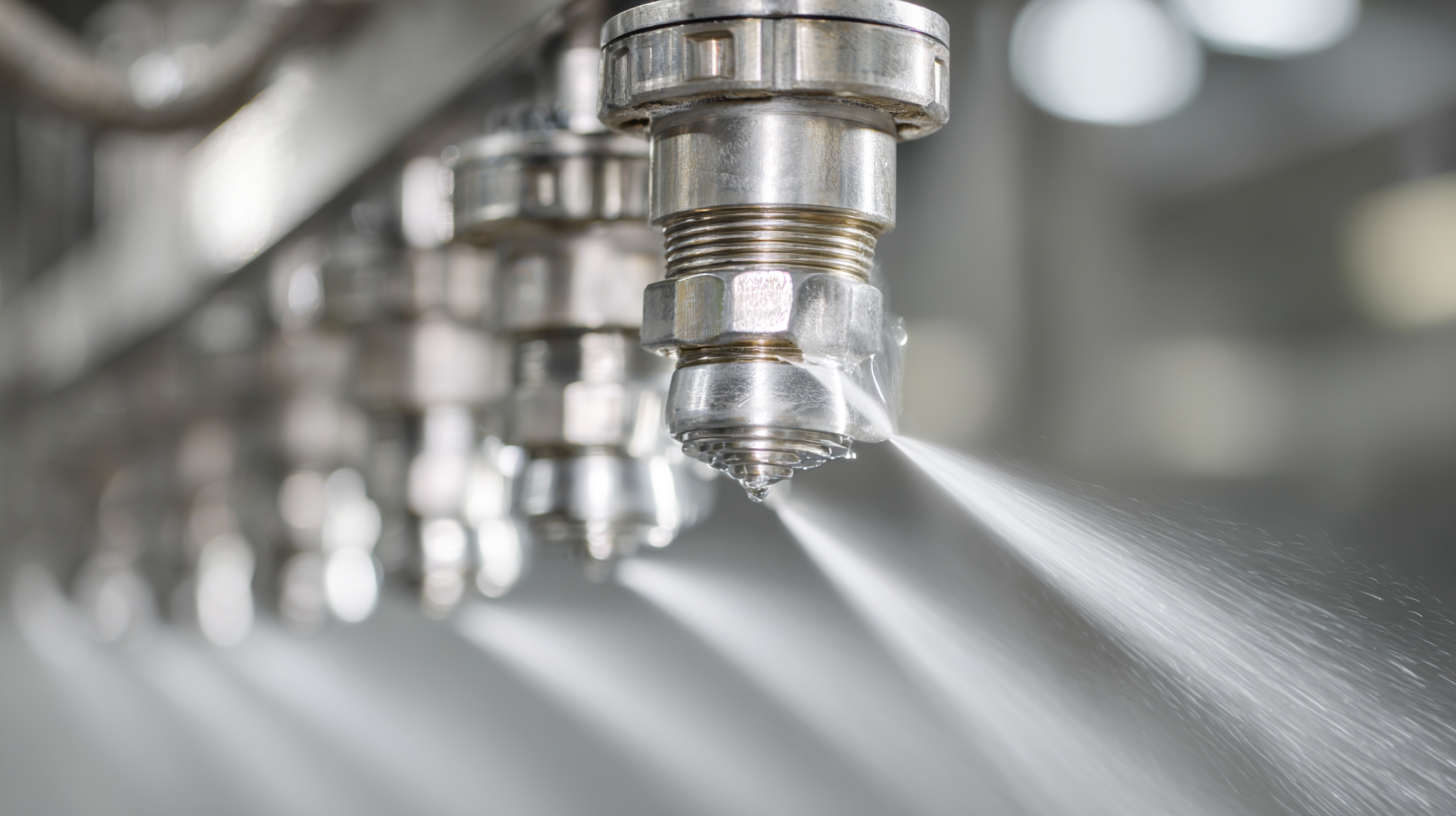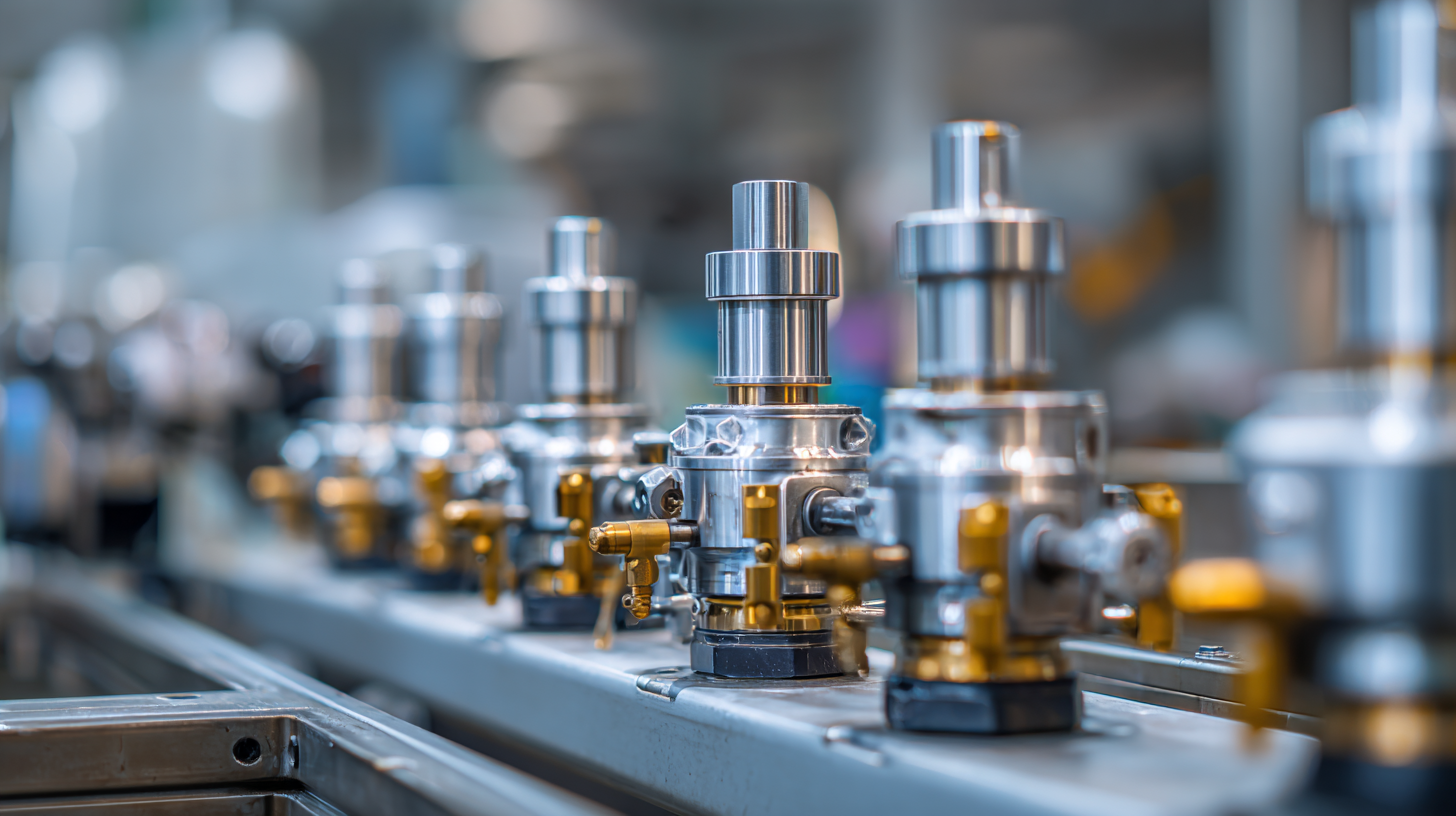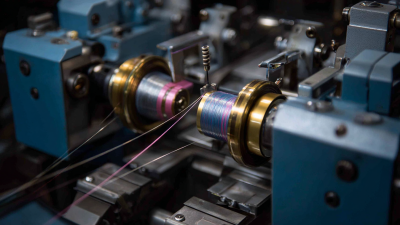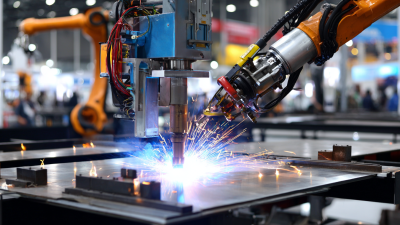In today's competitive manufacturing landscape, optimizing operational efficiency while minimizing costs has become a critical objective for many industries.
 Industrial Spray Nozzles play a pivotal role in achieving these goals. According to a recent report by MarketsandMarkets, the global spray nozzle market is projected to reach $2.65 billion by 2025, growing at a CAGR of 4.5% from 2020. This growth is driven by the increasing need for precision and efficiency in processes such as coating, cleaning, and cooling, where spray technology is extensively utilized.
Industrial Spray Nozzles play a pivotal role in achieving these goals. According to a recent report by MarketsandMarkets, the global spray nozzle market is projected to reach $2.65 billion by 2025, growing at a CAGR of 4.5% from 2020. This growth is driven by the increasing need for precision and efficiency in processes such as coating, cleaning, and cooling, where spray technology is extensively utilized.
Furthermore, the effectiveness of Industrial Spray Nozzles can significantly impact resource consumption. Studies indicate that the right nozzle design can reduce fluid usage by up to 30%, leading to substantial cost savings for businesses. This efficiency not only contributes to lower operational expenses but also aligns with sustainability goals by minimizing waste and conserving valuable resources. As industries strive to enhance productivity and reduce their carbon footprint, the selection and implementation of the appropriate spray nozzle technology emerge as vital strategies in their operational frameworks.
Industrial spray nozzles play a crucial role in enhancing efficiency metrics across various manufacturing processes. These nozzles are designed to optimize fluid delivery in applications such as coating, cleaning, and cooling. By achieving the right spray pattern, droplet size, and distribution, companies can significantly improve their operational effectiveness. This not only boosts production rates but also ensures a more consistent quality in the final product.
Tips for maximizing spray efficiency include selecting the appropriate nozzle type for your specific application. For instance, consider using air-assisted nozzles for better atomization when working with viscous materials. Additionally, regularly maintaining and cleaning nozzles prevents clogs and ensures optimal performance, further reducing waste and costs.
Another critical aspect is to monitor and adjust the operating pressure and fluid flow rates. By fine-tuning these parameters, businesses can achieve the perfect balance that enhances coverage while minimizing material usage. Implementing these strategies will contribute to lower operational costs and better resource management, ultimately leading to a healthier bottom line for any operation.
When evaluating the effectiveness of industrial spray nozzles, several key performance indicators (KPIs) come into play. The primary KPI is spray pattern uniformity, which measures the consistency of liquid distribution across a surface. A well-designed nozzle should produce a spray pattern that ensures optimal coverage, minimizing dry spots and maximizing efficiency. Consistency in droplet size is another critical factor; smaller, uniform droplets allow for better surface wetting and adherence, ultimately leading to enhanced performance in applications such as coating or cooling.
In addition to these metrics, flow rate and pressure are essential for determining the nozzle's operational efficiency. An optimal flow rate ensures that the right amount of material is applied without wastage, while the pressure at which the nozzle operates affects the atomization and dispersion of the liquid. Monitoring these factors allows operators to adjust settings for specific applications, further reducing costs by preventing over-application and material loss. By focusing on these KPIs, industries can optimize their spray processes, leading to substantial savings and improved overall effectiveness.
| Nozzle Type | Flow Rate (L/min) | Droplet Size (µm) | Spray Angle (Degrees) | Efficiency (%) | Cost Savings ($/year) |
|---|---|---|---|---|---|
| Flat Fan Nozzle | 15 | 50 | 110 | 85 | 2,000 |
| Air Atomizing Nozzle | 10 | 20 | 60 | 90 | 1,500 |
| Full Cone Nozzle | 20 | 30 | 90 | 80 | 2,500 |
| Hollow Cone Nozzle | 12 | 40 | 120 | 75 | 1,800 |
| Low Pressure Nozzle | 5 | 100 | 30 | 95 | 1,200 |
Optimizing spray nozzle design can lead to significant cost reductions in industrial applications. According to a report by the National Institute of Standards and Technology, poorly designed spray nozzles can waste up to 30% of operational fluid. By focusing on the nozzle's geometry and atomization characteristics, industries can enhance spray efficiency, ensuring that materials are used more effectively and reducing waste. For example, implementing newer technologies, such as air-atomizing or hydraulic nozzles, can improve coverage and minimize overspray, which often contributes to excessive material costs.
Additionally, improving the efficiency of spray nozzles can directly impact the energy consumption of industrial processes. The U.S. Department of Energy estimates that optimizing spray systems can lead to energy savings of up to 20%. By choosing the right nozzle, industries can optimize not only fluid usage but also the air and energy required for operations. Research from various manufacturers shows that an investment in advanced spray nozzle technology can yield a return on investment in as little as six months due to the combined savings in fluid usage and energy costs. Such strategies underline the importance of integrating optimized spray nozzle designs in cost-reduction initiatives within industrial settings.
This bar chart illustrates the annual cost savings achieved through the use of optimized spray nozzles compared to regular nozzles. The data indicates that optimizing spray nozzle design can lead to significant reductions in operational costs, making it a crucial strategy for enhancing spray efficiency.
 The selection of industrial spray nozzles plays a critical role in determining overall
operational costs. Properly chosen nozzles ensure that the
spray patterns are optimized for the specific application, leading to enhanced coverage and reduced material waste. For instance, using nozzles designed for
the intended fluid characteristics and environmental conditions allows for a more efficient use of resources, significantly cutting down on excess consumption and the associated costs.
The selection of industrial spray nozzles plays a critical role in determining overall
operational costs. Properly chosen nozzles ensure that the
spray patterns are optimized for the specific application, leading to enhanced coverage and reduced material waste. For instance, using nozzles designed for
the intended fluid characteristics and environmental conditions allows for a more efficient use of resources, significantly cutting down on excess consumption and the associated costs.
Moreover, the impact of well-selected nozzles extends beyond material savings. They also influence energy consumption in processes that require pneumatic or hydraulic systems. When nozzles are designed to provide a precise and uniform spray, they help minimize the energy required to disperse the liquid effectively. This improvement not only leads to lower utility bills but also contributes to the longevity of equipment, reducing maintenance costs and downtime. Consequently, investing in the right spray nozzle technology forms an integral part of a company’s strategy to achieve operational efficiency and cost-effectiveness.
In today’s fast-paced industrial environment, optimizing spray efficiency is not just a matter of improved performance but also key to achieving a significant return on investment (ROI). In a recent case study, a Kentucky grower highlighted challenges of inefficiency in traditional spraying methods, identifying nozzle control as a critical factor. By implementing individual nozzle control systems, growers reported reductions in chemical usage by up to 30% and increased coverage accuracy, leading to a rapid ROI. This efficient application not only enhances crop yield but also minimizes environmental impact, aligning with sustainable farming practices.

Further supporting the need for advanced spray technology, industry reports indicate that precision application systems can yield an ROI of approximately 200%-300% over several growing seasons. As companies adapt to modern agtech solutions, barriers to adoption are diminishing. For instance, the integration of intelligent spraying technologies offers an attractive path for growers looking to retrofit existing machinery, thus balancing budget constraints with the necessity for innovation. The successful implementation of these technologies across sectors showcases the potential of industrial spray nozzles in driving both efficiency and cost-effectiveness, solidifying their essential role in optimizing production processes.






